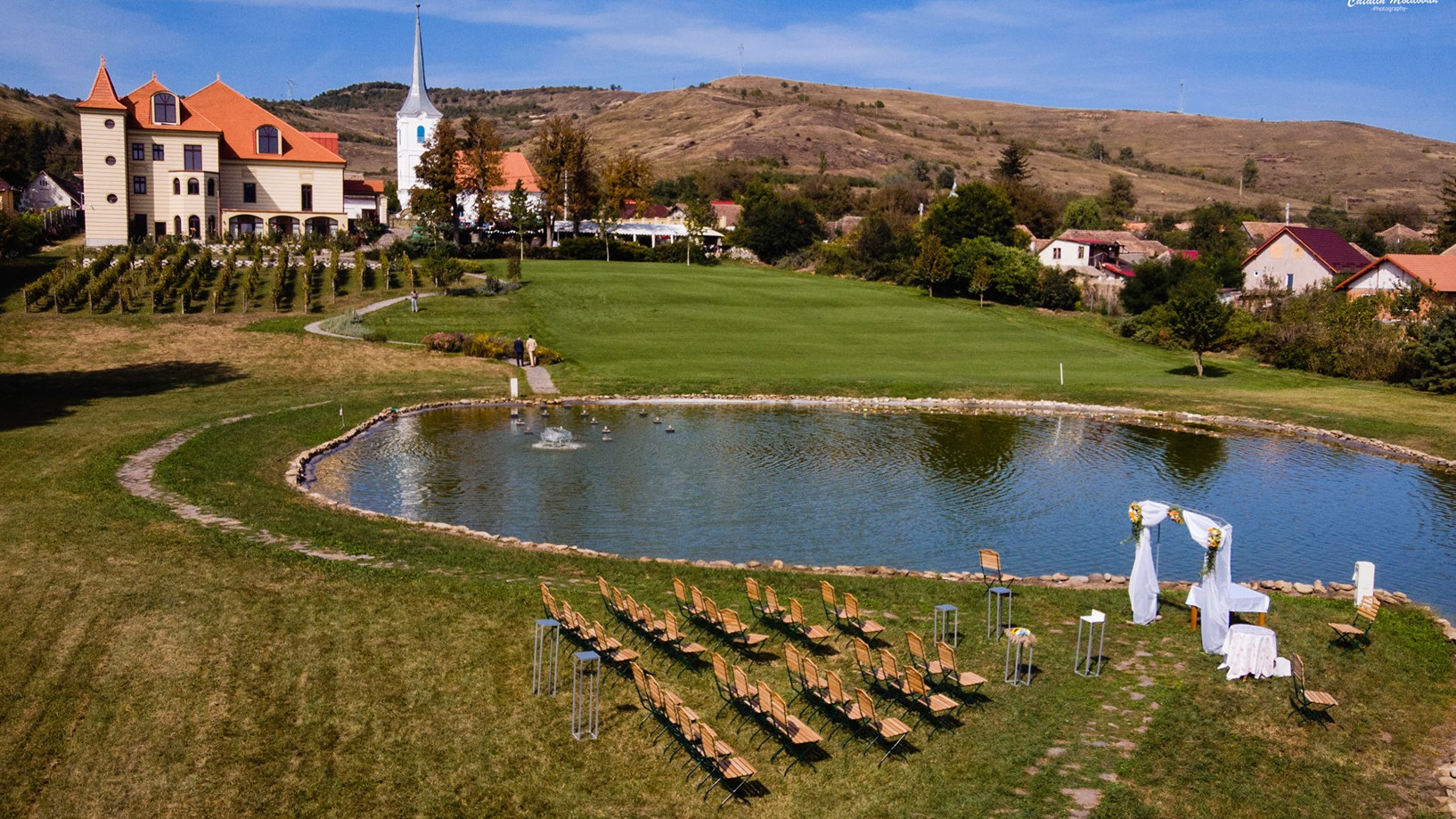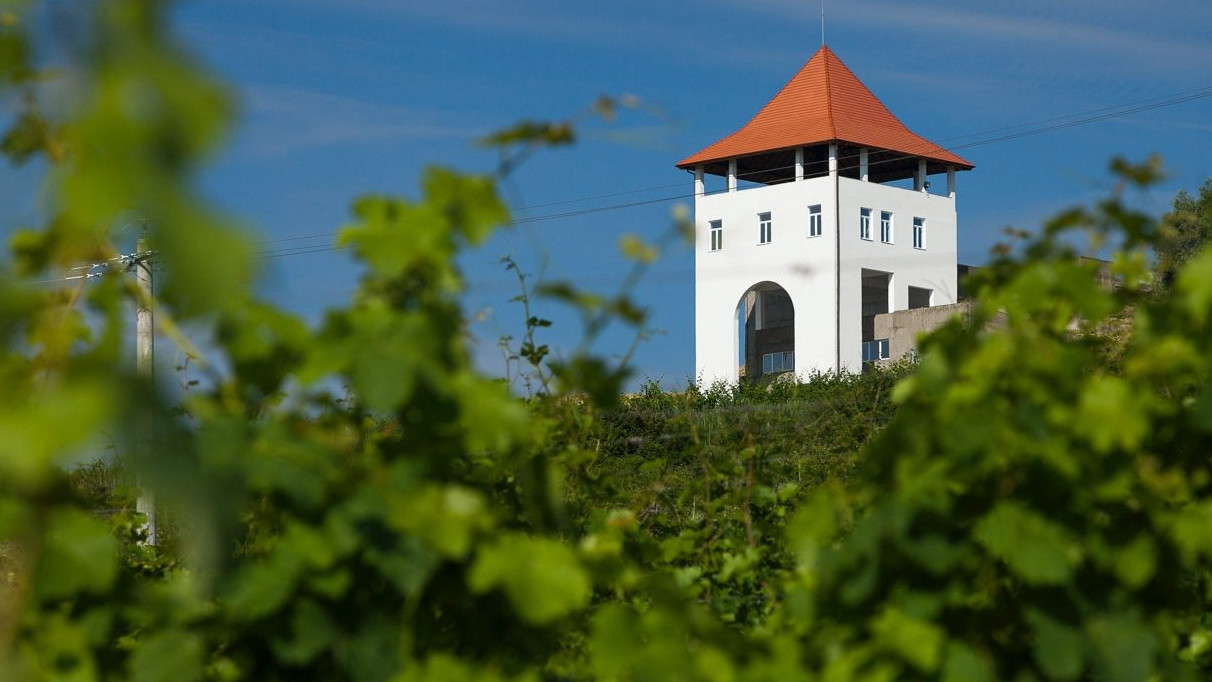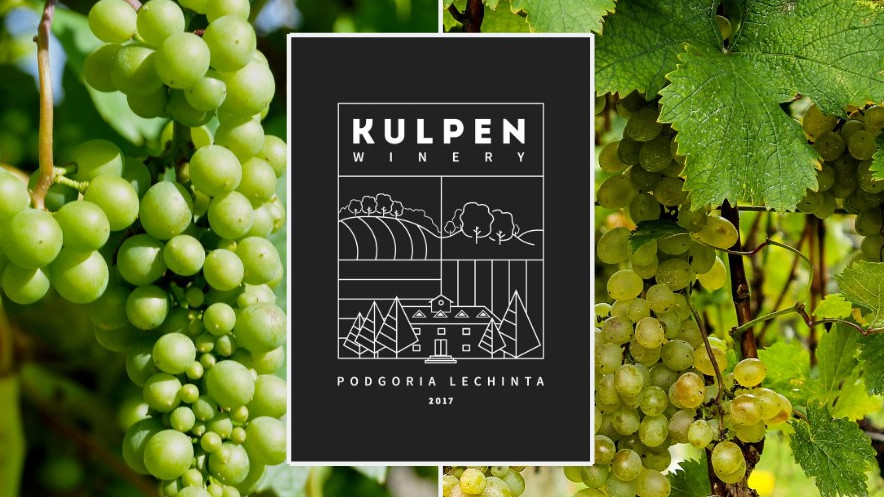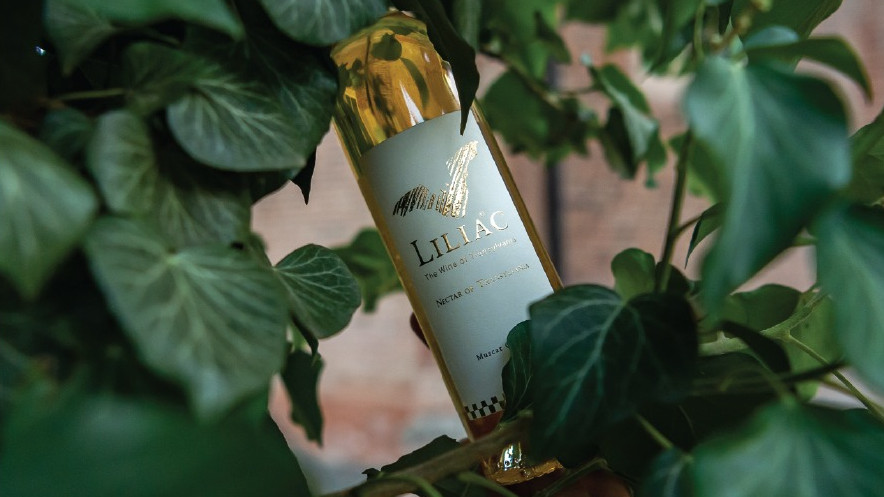Harvest period/wines from Mures County
Winemaking can be a long and slow process that can take up to three years to go from the initial planting of a brand-new vineyard to the first harvest. Wine has been and will remain for a long time a drink found on the table of Romanians, representing a symbol of joy and friendship. It is indispensable on the Easter table and during the Winter Holidays, as well as on special occasions. In this article we will go through the history of wine in our county and we will visit the most important vineyards of Mures County.
Wines are classified according to the period in which the grapes were harvested, by origin, the amount of sugar the grape contains, the alcohol conten and many other criteria, but we will only mention the general categories:
1. Still wines:
- Wines for current consumption
- Quality wines
- Hybrid wines
2. Special wines:
- Wines with CO2 content (sparkling)
- Flavoring wines
- Liqueur wines
Knowing this classification in general, let's learn something about the most famous wines of our area.
1. Lilac Wines
Liliac wines were born from the passion of the Austrian Alfred Michael Beck who fell in love with the biodiversity and natural beauty of Romania. An architect by profession, the story of these wines begins in 2010 when he bought a vineyard of 14 hectares in Batos. Since then, "Liliac - The Wine of Transilvania" has become a strong brand and reached the first places at national and international wine competitions.
Over the years, the brand has expanded and currently Liliac Wine Cellar owns 2 vineyards: one in Batos and the other one in Lechinta. Liliac wines are of high quality, in limited quantities, and the production of the winery is approximately 300-350 thousand bottles per year.
"The investment is one of the soul. Obviously, we aim to be profitable, but not at any price, but by creating a strong brand, which is also doubled by a good reputation among consumers. From this point of view, a control is needed strictly of growing grapes and then of processing. Only in a limited and very well controlled quantity we ensure the achievement of these objectives", explains Victor Ciuperca, CEO of amb Holding / amb Wine Company, who was in the Liliac team from the beginning.
The wines from the Liliac range are available in three varieties: white, red and rosé. The Young Liliac range contains 2 lighter wines: Young Fruity which is a feminine, fragrant, light wine and Young Fresh which is suitable for a seafood and fish meal. The most special Liliac wine is the one called "Nectar de Transilvania", a white wine that is recommended for dessert. It uses a special technique, unique in Romania, called the Schilfwein method. This method involves the natural dehydration of the grapes over the winter, being one of the most complex and long-lasting winemaking methods.
2. Villa Vinèa Wines
The Villa Vinèa vineyard is located 15 km from Târnăveni, in the village of Mica, and covers an area of 70 hectares of grapes, planted with 12 local and international varieties.
Târnavelor region is recognized as one of the best areas in Romania for white grapes. The region benefits from a continental climate, with hot and dry summers, above average sunshine and little rainfall, and cold and harsh winters. The southern exposure of the slopes is doubled by good aeration, this is due to the strong winds that quickly dry the early morning dew and naturally prevent the development of mold on the grapes. The aromatic ripening is due to an autumn season with cool nights.
The annual production of Villa Vinèa Winery is approximately 80 thousand bottles, of which 80% are white wines. The grape varieties used are: Feteasca Regală, Sauvignon Blanc, Riesling Rihn, Muscat Ottonel, Feteasca Alba, Kerner, Gewurztraminer, Zweigelt, Merlot, Pinot Noir, Feteasca Neagra.
3. Sântu Winery
If you are from Mures County, you have probably heard of the Dumbravita Monastery. Well, this is where the monk Andrei, called "the Saint" lived. This is where the name of the village comes from, where today the Sântu Winery is located. The story of the Winery is primarily related to the birthplace of the one who set up the winery, the lawyer Vasile Costea. The hill on which tens of hectares of grapes stretch today are the hills where the lawyer grew up and where his parents’ house is located.
The annual production achieved in 2019 was approximately 5 thousand bottles, and this continues to grow. The goal being a number of 10 thousand bottles per year. Sântu Winery offers 4 types of wine, 2 white and 2 red: White Cuvee, Feteasca Regala and Sauvignon Blanc, Red Cuvée, Merlot and Feteasca Neagra.
4. Culpiu Hills
The wine farm in Culpiu Hills belongs to the Lechinta Vineyard, which is also an old wine-growing center. It covers an area of 68 hectares, and the annual production is approx. 4000 hl of wine.
The wines produced on these hills are table wines that are sold in bulk, but also bottled wines, sold as DOC wines: Feteasca Regala, Feteasca Alba, italian Riesling, Neuburger, and Blazon de Lechinta (a blend between Feteasca Regala and Muscat Ottonel). Also, a superior wine with the commercial name of Rosé is bottled.
5. Petry Wines
2006 is the year when the Petry family bought the manor with a long and significant history. From 2007 to 2016, the works lasted to be able to open the gates of Petry Borpince és Kúria.
Today, about 200 hl of wine are produced and distributed in the renovated cellar using traditional methods. The purpose of opening the Winery was to protect local values and to involve local farmers in the tourism of the region, to revive individual cultivation and winemaking that were on the way to extinction.
The wines produced by Crama Petry are: Riseling, Chardonnay, Muscat, Fiica Regina, Grey, Pinot Noir and Rosé.
Transylvania is a well-known territory in terms of wine, but especially for the white wines produced here. The wineries developed in recent years in Mures County are trying to bring Romanian wine to the market through innovation and premium products.



